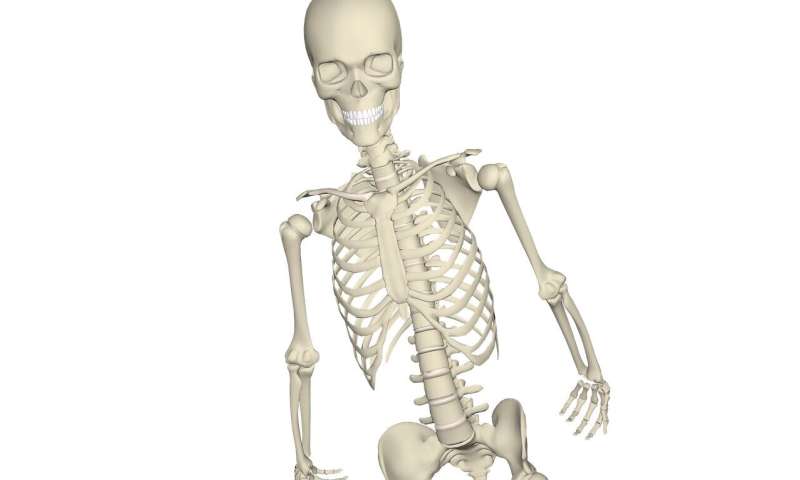
Osteosarcoma (OS) is the most common form of aggressive bone cancer. A MedUni Vienna study led by geneticist Erwin Wagner has uncovered new insights into the disease mechanisms of OS, paving the way for potential new diagnostic and treatment strategies for fighting the bone disease. The study has just been published in the high impact journal Cell Research.
Standard treatments for osteosarcoma include amputation surgery and chemotherapy. While effective, they have a severe impact on patients’ quality of life. Patients with metastases and/or who have had the cancer surgically removed have a very poor prognosis, with a survival rate of about 20%. New therapeutic strategies are urgently needed to improve treatment methods and prognoses—a challenge that researchers have been tackling for over three decades.
The goal is to develop novel therapies targeted at the underlying disease mechanisms of OS. A major part of this is identifying molecular diagnostic markers for the early detection of relapse or metastasis, which will also contribute towards the development of new, more effective treatments.
The study used a variety of models, including a genetically modified mouse model, cell transplantation systems with mouse and human OS, and OS patient samples. The group of investigators from MedUni Vienna’s Department of Dermatology and Department of Laboratory Medicine discovered a biological mechanism in which high expression of the Fos/AP-1 transcription factor controls the expression of a collagen-modifying matrix enzyme called LOXL2, via Wnt signaling.
“It’s important that we can specifically detect this matrix protein in human samples, so that we are able to identify patients with poor prognoses,” explained Erwin Wagner, who led the study. “Treatment of one of the experimental OS models with molecules which inhibit LOXL2 when used as a pharmaceutical or antibody had a positive impact on the course of the disease.”
Source: Read Full Article
